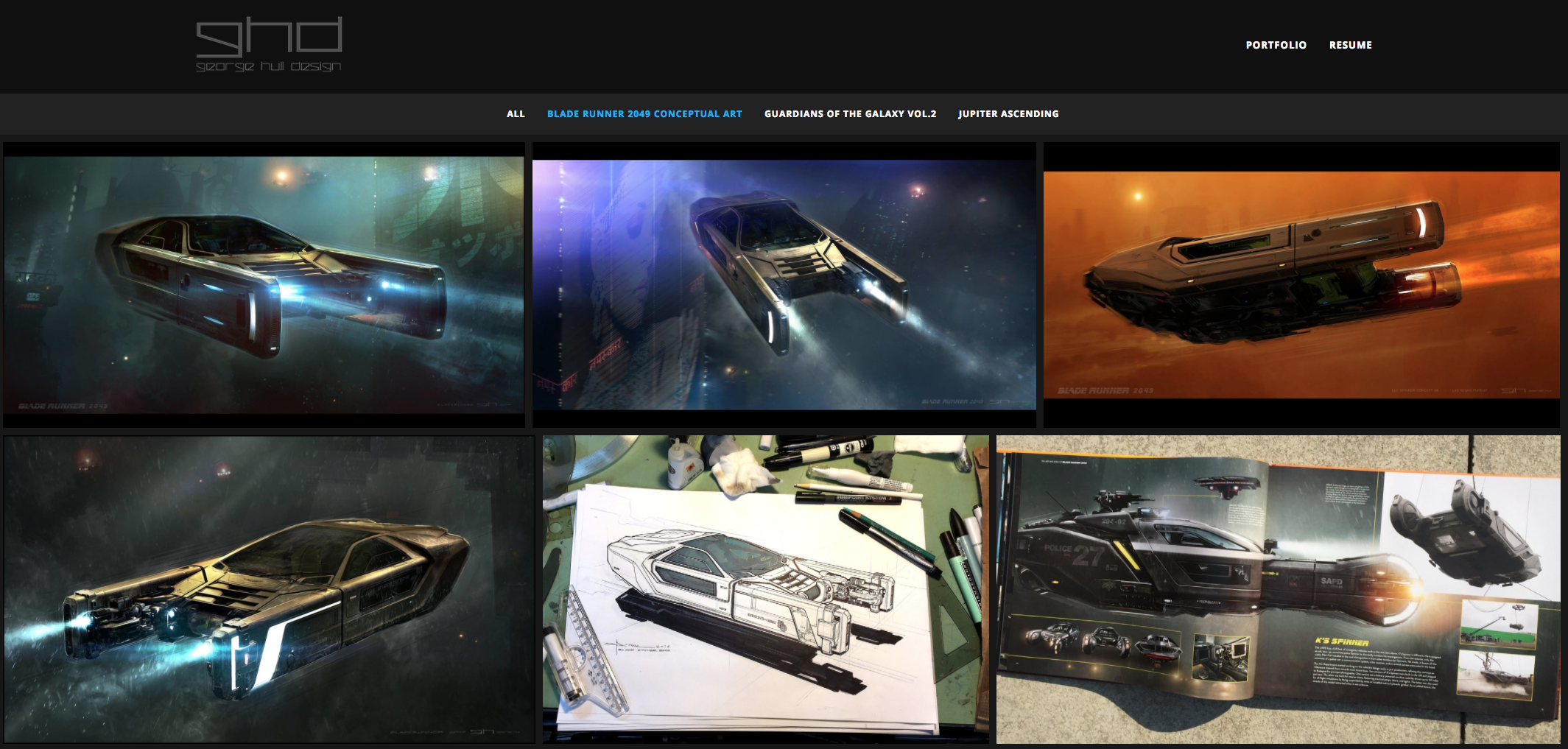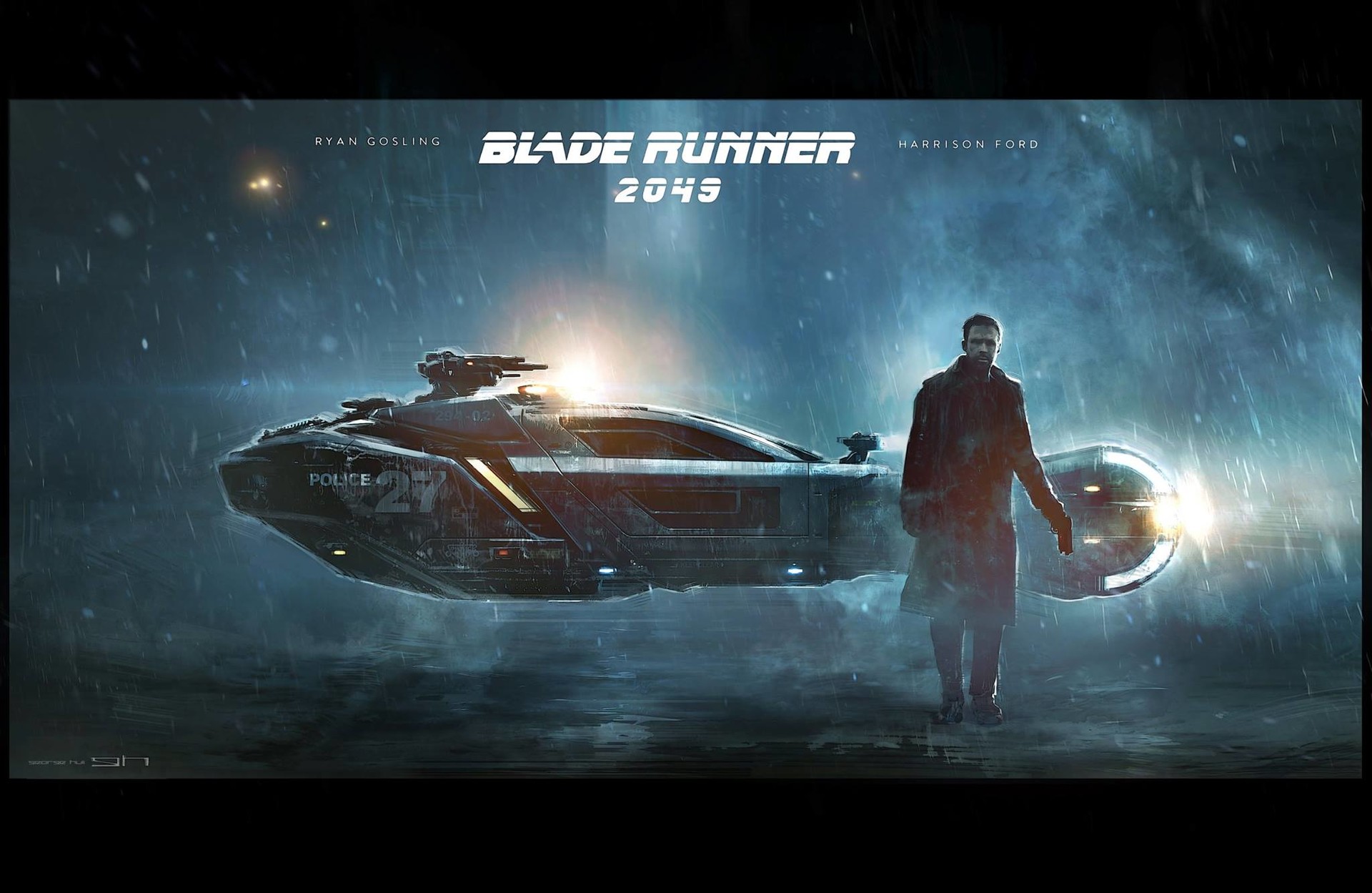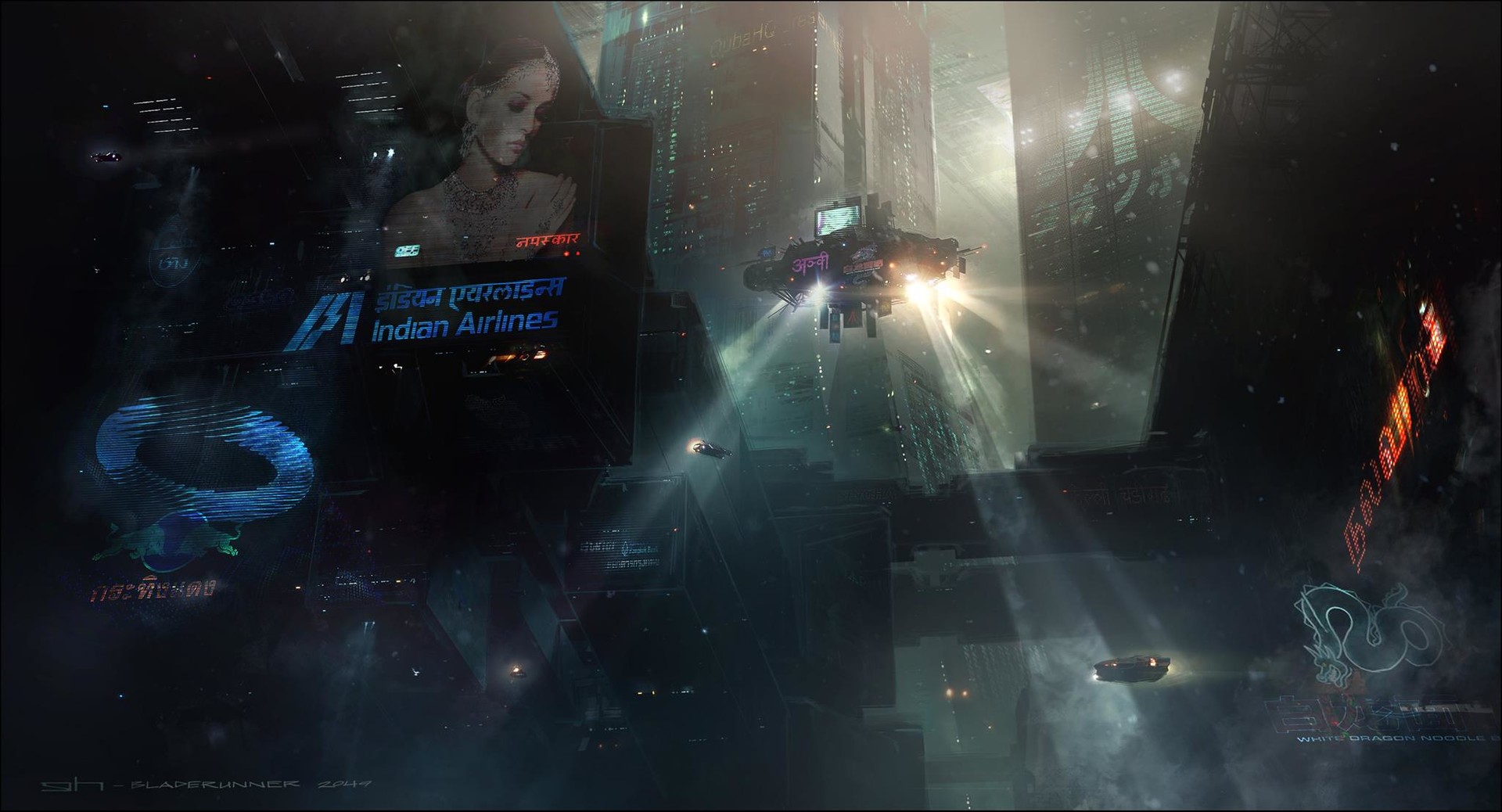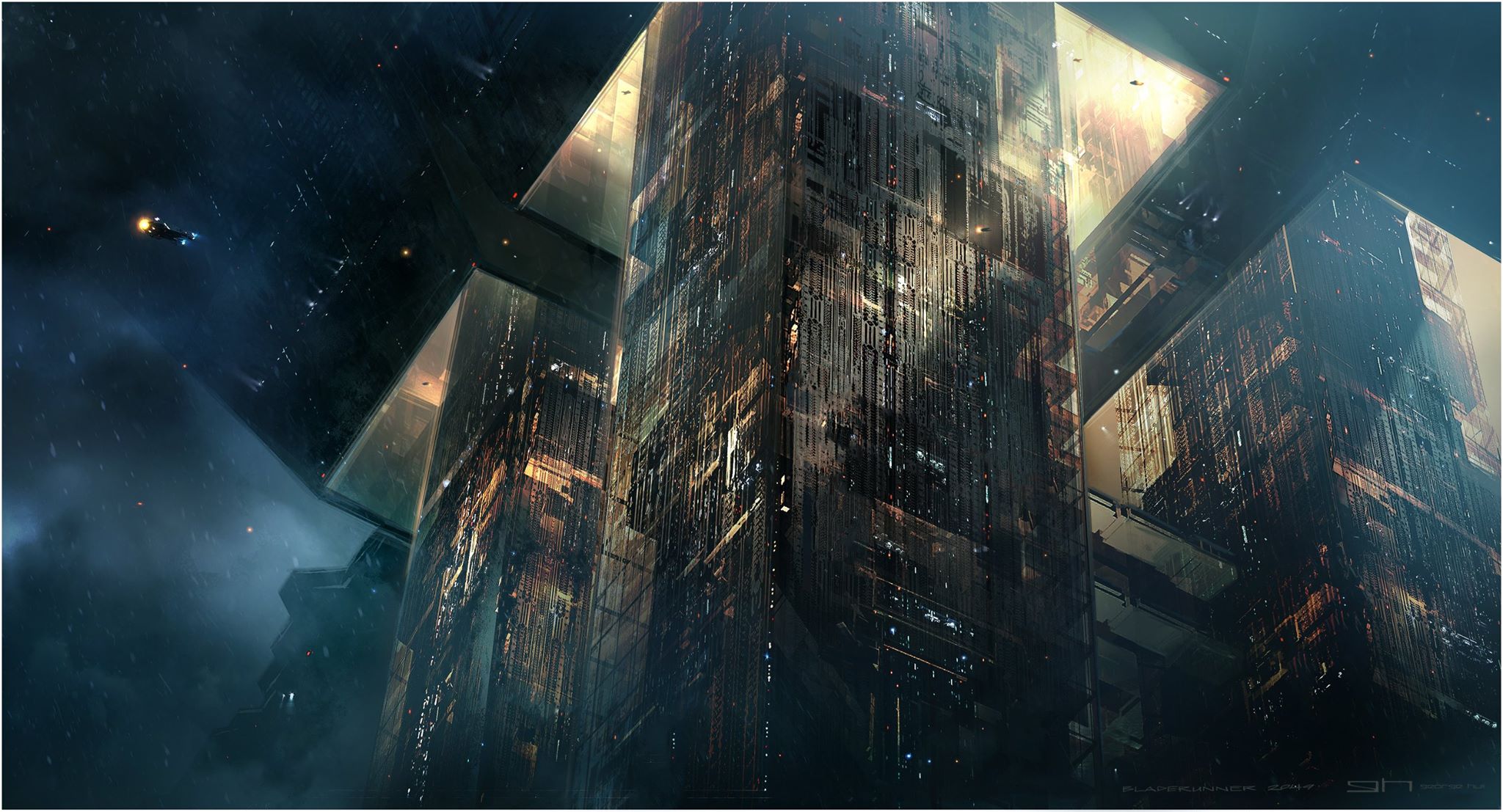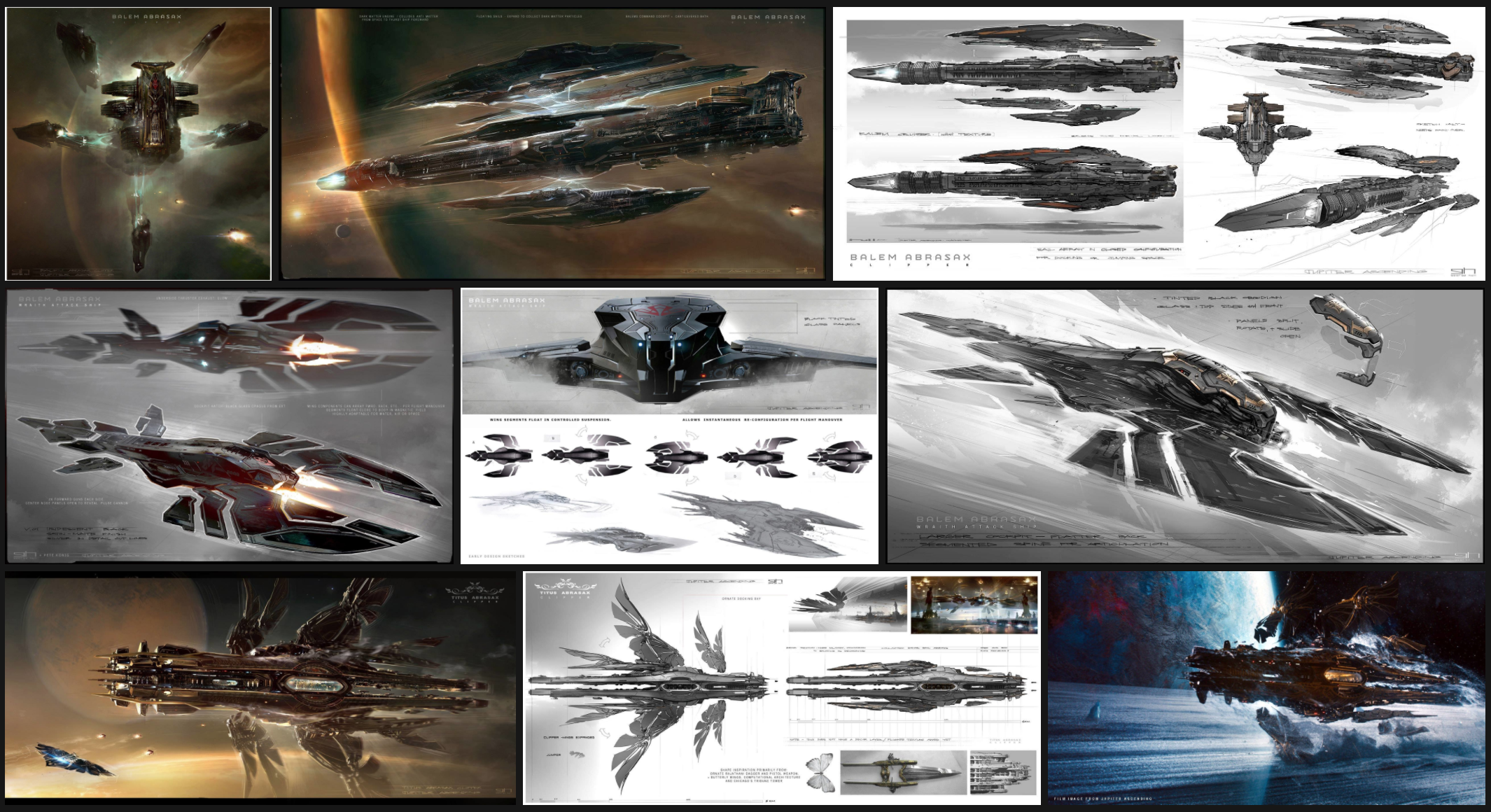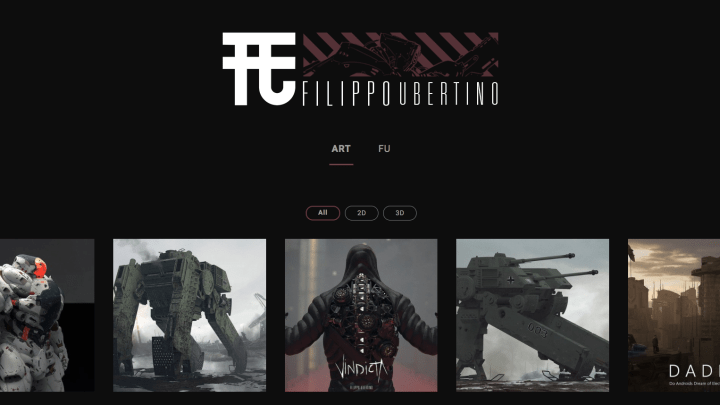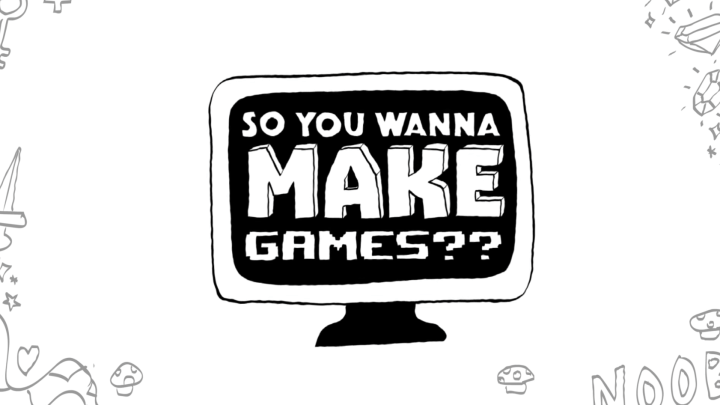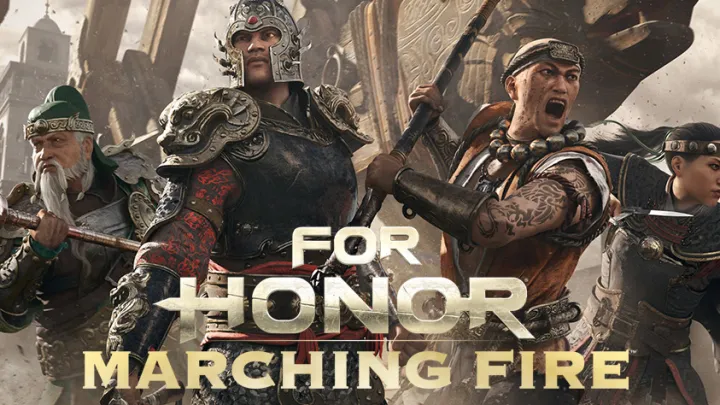Featured Pro Portfolio: George Hull
George Hull is an acclaimed veteran in the film art industry, having created concepts and designs for iconic movies like Forrest Gump, Star Wars EP8, Mission Impossible, Elysium, Jupiter Ascending and most recently, Blade Runner 2049.
See George’s ArtStation-powered portfolio website.
Tell us about your experience working on Blade Runner.
When I got the call to work on Blade Runner 2049, my first reaction was unfiltered excitement!!! I quickly pulled myself together and traveled to LA to read the script – which was under tight security at the executive offices. I should mention that Blade Runner is one of my favorite films of all time, so this opportunity was what I had spent my entire career working towards. The original film struck me deeply at a young age. The intersection of imagination, design, cinematography and philosophy had a profound effect. I was ecstatic to be hired early to help visualize the new project.
When I started I was asked which aspects of the film I would most enjoy working on; this was music to my ears. I knew I wanted to sink my teeth into the atmospheric mood of the environments, plus the design of the architecture and vehicles. It was very early on in the production and to have such freedom was a dream come true. That said, I was assigned specific script pages to help visualize and the personal pressure to have brilliant concepts was heavy. I worked from my home studio and would video Skype with Aaron Haye who deftly orchestrated the early development of the project. When the film went into official production, I got to work with the production designer, Denis Gassner. I studied his previous beautiful work as well as Roger Deakins and the director Denis Villeneuve, all of whom are master artists at the top of their craft.
What kind of training/experience brought you to where you are now?
I went to college and earned a BFA in Industrial Design. As a kid I read that the artists who helped visualize my favorite films had this background. Back then there was no school or online resources for any type of film design training. I just had a few movie art of books that I memorized. The dream to do film design work seemed completely unreachable. So, I buried that idea and decided to pursue a safer career of product and transportation design instead. After several internships I realized that very few tasks in product and transportation design involved blue sky or futuristic concepts. This hit me like a ton of bricks. I sat pondering in the bathroom for an hour at my Chrysler internship, until I had my “follow your bliss” moment -as Joseph Cambell would say. Everything changed from that point on. I made my own film design curriculum despite my professors warnings that I was “risking it all and shooting for the moon”.
This passion and deliberate training paid off when a few months out of college I was hired at Lucasfilm’s VFX company Industrial Light + Magic. I plunged myself into the world of special effects and design techniques. ILM is a wonderful place to grow and I loved my experiences there. The job eventually became more about managing art as opposed to creating art. I put my ego aside and I chose again to follow my heart. I left the nest after 7 years working as a Visual Effects Art Director in order to work on what I found to be the most creatively satisfying part of the film making process – visualizing a film from the earliest stages. I have worked this way from my own studio ever since. Working on Blade Runner 2049 at the ground level, and seeing that artwork in the book represents a lifelong drive towards a childhood dream for me.
What do you think is a portfolio “must-have” in your industry?
The first thing I look for in a portfolio is good taste. If your client work is cliché and looks like everything else, make sure you have personal work that shows what really inspires you.
What is your advice for aspiring artists?
I believe I was able to find the path to my dream job through constant practice and time management towards short range goals. All through my 20’s and 30’s everyone in my life knew that Sundays until dinner time was my art time. I would go to cafes in San Francisco to sketch and obsess over art books. When you do what you love, it hardly feels like work. It is also important to get away from your desk and experience the world. I have been lucky enough to work on films that hosted me (and family at times) in wonderful places like Berlin, Sydney, Iceland and London. I love taking photographs to use in my artwork, and this is a great way to stay creative away from the computer. Lastly, don’t get weighed down by not feeling talented enough. Focus on growing your skills slowly but consistently. Challenging myself to keep growing has always felt like an addiction to me. Use this feeling to keep the artistic fire in your belly. Be humble and stay curious.
Follow George Hull on social media.
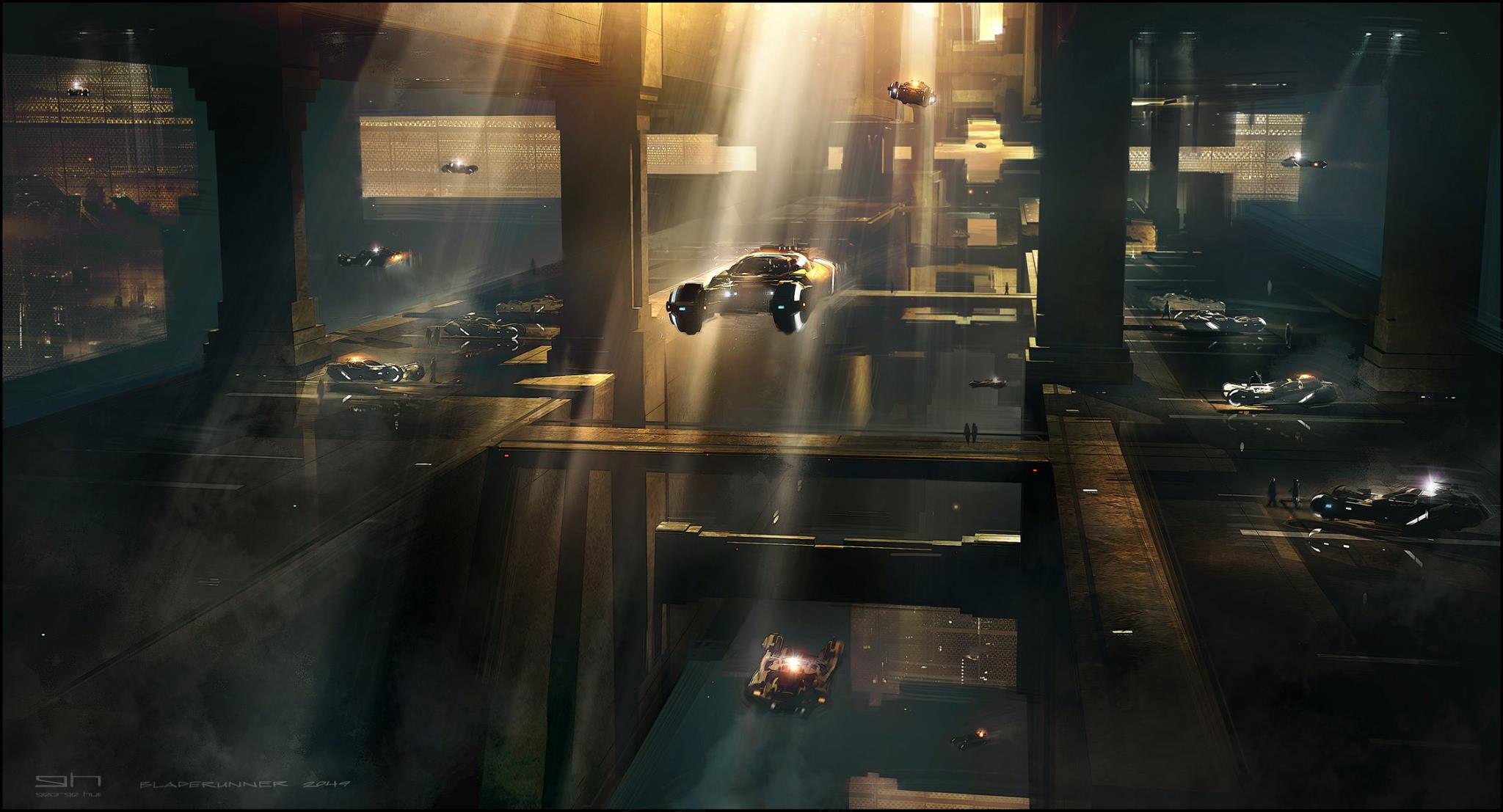 See more of George’s work on his portfolio website. To learn more about ArtStation Pro websites, click here.
See more of George’s work on his portfolio website. To learn more about ArtStation Pro websites, click here.

